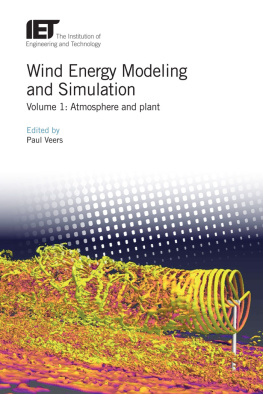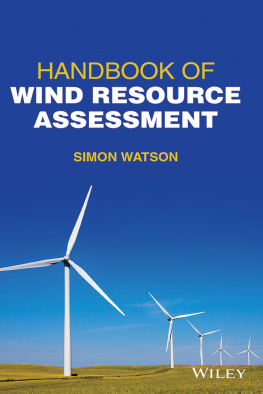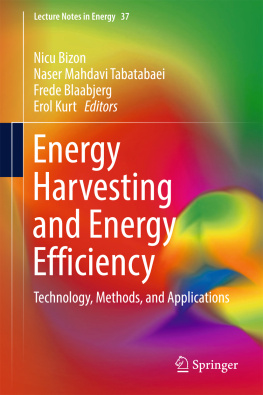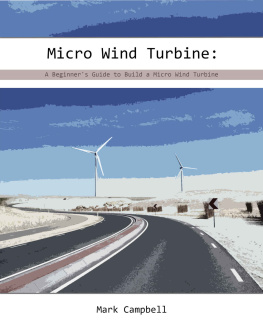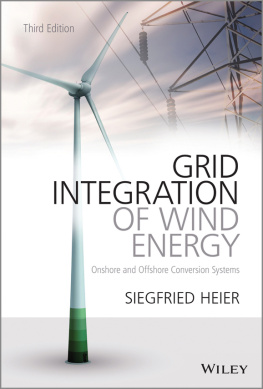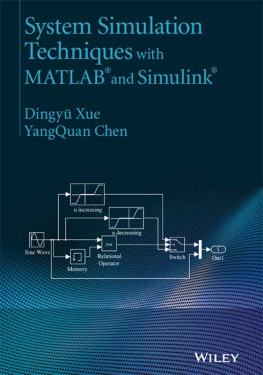High-performance computing (HPC) advances within wind energy sciences are being driven by the simulation requirements of maturing technologies and by the integrated-systems-analysis demands of a robust, highly competitive power-generation market. Utility-scale wind turbines have rapidly evolved from kilowatt to megawatt generation capacities with future benchmark feasibility studies addressing the challenges in obtaining a 50-MW turbine []. The transition in technology size has been unprecedented. Once relatively small in comparison with atmospheric flow phenomena, turbine-rotor and -tower sizes are approaching the physical dimensions of the planetary boundary layer (PBL) and the complex flow structures associated with weather-transition events. Deployment paradigms have also transitioned from small clusters of turbines remotely spaced to very large wind plant arrays composed of multimegawatt machines spanning hundreds of square kilometres both on land and offshore. These radical changes place ever-increasing demands on the simulation, design, and analysis capabilities needed by scientists and engineers to advance modern wind turbine and plant technologies for optimal performance.
Simultaneously, the cost of wind energy has significantly decreased [] for both land-based turbines and offshore turbines deployed in shallow water. Lighter weight (per rotor size), dynamically active, and optimized systems, enabled by utilizing high-fidelity modelling (HFM) in the design and development process, have reduced turbine and system-integration costs and increased wind power plant productivity. Similar trends are driving deep-water offshore floating-technology development, for which cost-effective turbine architectures require substantial innovation given the entirely new system dynamics, deployment, and operational constraints in marine environments. Ultimately, market requirements set wind technology cost and performance objectives. HPC and HFM are the essential capabilities needed to glean a better understanding of the underlying physics driving performance and to provide insight for technology advances and new architectures through predictive design and performance/cost analyses to meet market demands.
1.1.1 Future wind plant technology
The future cost of wind energy must continue to decrease below conventional power generation for wind to remain competitive. The Wind Vision [] study systematically quantified the benefits derived from wind energy and provided a technology-development vision required for sustained deployment. Plant cost and performance are the primary drivers for continued impactful strategic deployment. Transitioning from a `turbine'-centric to a `plant'-centric design and development philosophy to reduce the integrated plant system cost of energy raises new research and development challenges. Innovative wind plant technologies and fully coupled integrated system optimization must consider site variant atmospheric resources, topography, turbine array interaction, and grid interconnection all impacting cost and performance.
SMART (System Management of the Atmospheric Resource through Technology) wind plants that interactively adapt to the unique site-specific design and resource conditions to achieve optimized cost and performance are wind technology's future-development pathway. Enabling the SMART Wind Power Plant of the Future through Science Based Innovation [] provides a scenario analysis to reduce the cost of wind energy by 50 per cent or more below 2017 levels. Achieving this goal requires a better understanding and quantification of the physical processes impacting wind plant performance as well as the adoption of new strategies to actively control and convert the wind energy resource and seamlessly integrate this energy into the grid. The underlying physics, including the complex nature of the atmospheric processes and interactions within the wind plant, determine the ultimate plant performance.
SMART wind plant technologies are predicated on the ability to predict the wind plant atmospheric inflow conditions and actively control the dynamic turbine/inflow interactions as the wind passes through the wind plant. Modelling the physical processes and interactions involved in, and developing the technologies required for, wind-resource active control to optimize cost and performance require a significant investment in HPC and HFM, focusing on integrated plant systems design and optimization.
1.1.2 Physical scales driving HFM and HPC
The potential for wind power to play a strategic role in meeting future energy demands requires a holistic vision for technology evolution considering all facets of development, deployment, and operation. The atmospheric energy resource and the advanced technology options that maximize energy extraction, mitigate operational loads for increased longevity, and reduce operation and maintenance (O&M) costs must be assessed, verified, and validated as a coupled plant system. This requires advanced HFM that numerically incorporates all of the relevant physical processes, including fluidstructure interaction (FSI), that drive momentum extraction from the wind resource.
Our ability to quantify the flow and turbine physics of interest, develop and implement new turbine technologies and plant-level control strategies, and accurately predict plant performance is a multi-scale and multi-physics computational challenge requiring HFM and HPC. Capturing the relevant flow physics includes coupling atmospheric physical phenomena ranging in scale from regional weather systems down to the turbine-blade boundary layers with all their turbulent temporal and spatial variability. There is significant uncertainty in resolving the flow physics at each scale and, to an even greater extent, transitioning the physical-flow dynamics and turbulence characteristics between scales. Ranging from the mesoscale (105 m) down to the blade-boundary-layer scale (105 m), each domain is dominated by a different set of dynamics and turbulence processes that must be modelled appropriately to predict both power generation and turbine loads.
Capturing the appropriate temporal scales is equally challenging. The relevant scales impacting performance range from wind-resource production at the mesoscale (minutes to hours) to the extraction of energy through turbine boundary-layer dynamics (milliseconds). Throughout the wind plant computational domain, complex turbulence is introduced through a variety of physical processes (e.g. atmospheric mixing, dissipation, convection, diffusion, complex terrain, and turbine wake development), each with unique temporal and spatial characteristics. All elements of the energy production and extraction process must be modelled as integrated and coupled continua to achieve accurate and predictive simulation results.
Fully coupled HFM simulations using petascale (today) and exascale (future) computing capabilities are needed to model the physical phenomena driving energy production in lieu of empiricism to achieve a predictive capability. When detailed atmospheric processes are appropriately captured, including the relevant turbulence sources, dramatic improvements in our understanding of the science phenomenology driving flow within and across scales will lay the foundation for disruptive innovation in wind turbine and plant design and control.
1.1.3 Turbine technology changes requiring HFM and HPC

